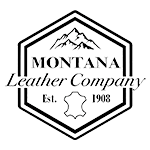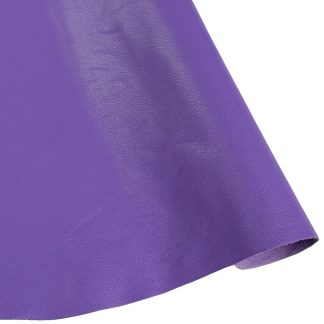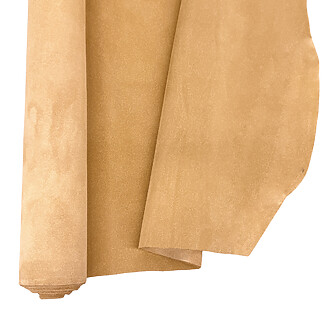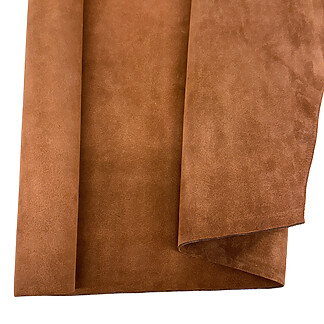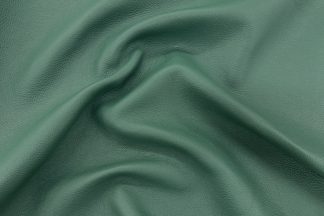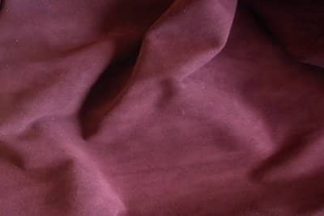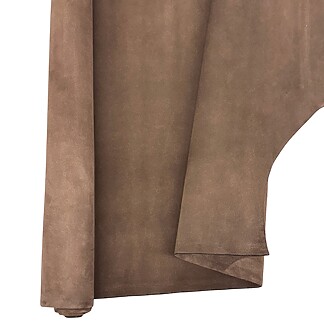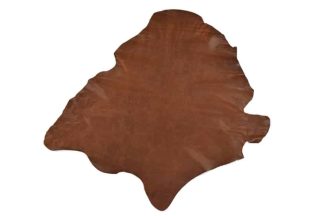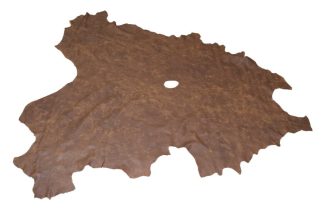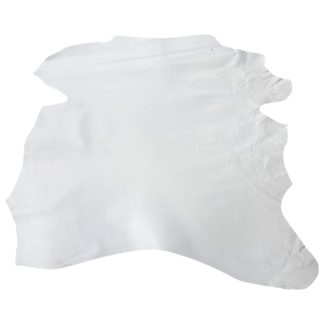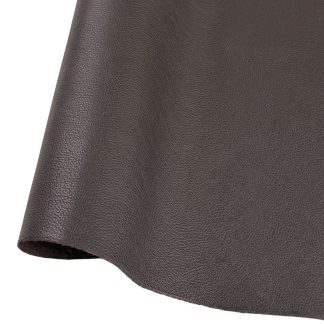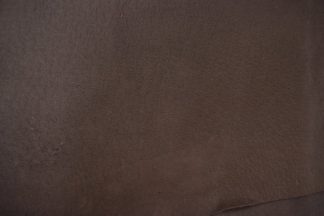No products in the cart.
Return to shopLeather
-
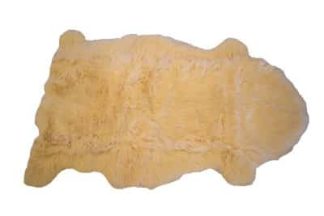
Baby Hug Rug
$79.95 Add to cart -
Doral Iris
Rated 4.50 out of 5$25.00 – $115.00Price range: $25.00 through $115.00 Select options This product has multiple variants. The options may be chosen on the product page -
Chap Suede Split – Taupe
Rated 5.00 out of 5$55.30 Add to cart -
Chap Suede Split – Mahogany
Rated 5.00 out of 5$55.30 Add to cart -
Cheyenne Chap Leather – Green
$25.00 – $168.30Price range: $25.00 through $168.30 Select options This product has multiple variants. The options may be chosen on the product page -
Garment Suede Split – Burgundy
$41.25 Add to cart -
Chap Suede Split – Brown
Rated 5.00 out of 5$55.30 Add to cart -
Kangaroo – Chrome Tanned 2/3 oz – Tan
$100.00 Add to cart -
Wild West Upholstery – Whiskey
$280.00 Add to cart -
Kidskin Blanco
Rated 5.00 out of 5$21.25 Add to cart -
Doral Dark Brown
Rated 5.00 out of 5$25.00 – $115.00Price range: $25.00 through $115.00 Select options This product has multiple variants. The options may be chosen on the product page -
Pig Suede Leather – Espresso
$41.30 Add to cart
Leather Material Types
Leather fabrics vary in quality and application, and some of the options include:
- Full grain leather: You cannot get more premium than full grain leather. It’s derived from the outermost layer of the animal hide. It is durable, develops a patina and retains natural imperfections. Full grain leather is used in high-end furniture, luxury handbags and premium footwear due to its durability.
- Top grain leather: Top grain leather is sourced from the outermost layer of the animal hide, just below the full grain. It’s sanded and buffed to remove imperfections and blemishes, resulting in a uniform appearance. It’s best used for fashion accessories like belts, wallets or mid-range furniture. Top grain leather offers a balance between durability, quality and affordability.
- Genuine leather: This is made from the remaining layers of the animal hide after the top layers are split off. It’s more affordable but less durable than other leathers. It suits budget-friendly products such as jackets, bags and certain footwear.
- Split grain leather: Created from the fibrous part of the hide left once the top-grain is removed. It’s typically used for suede products like gloves, jackets and shoes. Suede offers a soft, comfortable texture.
- Bonded leather: Made from leftover leather scraps bonded together, bonded leather is the least durable and is often used for bookbinding, belts and inexpensive furniture. It offers a leather-like appearance at a fraction of the cost.
Tanning Process — Chrome Tanning vs. Vegetable Tanning
Both chrome tanning and leather tanning have unique characteristics that make them great options for leather crafts:
- Chrome tanning: This method uses chromium salts to process leather quickly, yielding a soft, water-resistant, colorfast product. It is a highly efficient process, but it does produce toxic waste that can harm the environment if not managed properly. It is best used for clothing, shoes and upholstery.
- Vegetable tanning: Natural plant tannins are used to create a firmer, more durable leather that develops a rich patina over time. This method is more environmentally friendly, but it takes longer and is costly. It is well-suited for luxury products like bags, belts and saddlery.
Variety of Leather Thickness, Qualities and Uses
Leather material comes in different thicknesses and qualities, tailored for unique purposes:
- Fashion: Thinner leather, weighing between 2 and 3 ounces, is usually preferred for small accessories or fine-detail items. A greater thickness of 6-8 ounces is preferred for items such as belts and straps. As for footwear, 9-10 ounces is typically the best choice.
- Home decor: A thickness of 3-4 ounces will suffice for upholstery projects.
- Industrial applications: For automotive interiors and tools, thick leather between 5-12 ounces is preferred.
Frequently Asked Questions
Take a look at these common questions about leather crafts and DIY projects.
Is Leather Waterproof?
Leather is not naturally waterproof. It can absorb water, which may cause it to become stiff and damage its structure. However, leather can be treated with waterproofing agents to enhance its water resistance. Full grain leather can withstand water exposure better than other types of leather, but prolonged exposure to water should be avoided to maintain the leather’s quality and longevity.
How Long Does Leather Last?
Leather can last several decades with proper maintenance and care. If it is cared for, the appearance and texture of leather can improve with age.
Can Leather Be Repaired?
Yes! Techniques for leather repair include patching, restitching, conditioning and dyeing to restore its appearance and function.
Shop Now or Register for Wholesale Pricing
The Montana Leather Company is a premium leather hide store in the USA. Shop online now to view our leather for sale and receive free shipping on orders over $150. Contact our team of leather experts with any questions or inquiries.
